Creating the Difficult Heroine
By Victoria Hamilton
"I am going to take a heroine whom no
one but myself will much like." - Jane Austen, on writing ‘Emma’.
Lady Anne Addison… wealthy, opinionated,
passionate and particular. I had in mind Jane Austen’s infamous words
concerning Emma Woodhouse when I created Lady Anne; I was pretty sure some
readers would not like how outspoken and challenging she could be. My thoughts
were prophetic. I have indeed seen some criticism of Lady Anne, in particular
concerning her treatment of her love interest, the intensely magnetic Anthony,
Marquess of Darkefell. One reviewer was particularly put off and said no man
would fall in love with a woman like Lady Anne, who talked back, was stubborn,
and refused to do as she was told.
But… I beg to differ. Some men… maybe. But
there are and always will be men who are unafraid of being challenged by strong
women. The marquess is one such man.
In creating Lady Anne Addison, a Georgian
era daughter of an earl, I had in mind several Georgian and Regency ladies who
truly existed. The foremost pattern for Lady Anne Addison and another heroine I
created (Miss Emmeline St. Germaine, heroine
of my book A Gentlewoman’s Guide to
Murder) is the forthright, intelligent and self-reliant Mary Wollstonecraft
(mother of Mary Shelley), writer, philosopher and women’s rights advocate.
At one point in the first book of the Lady
Anne Addison mystery series, Lady Anne
and the Howl in the Dark, she expresses her frustration that she lacks the
formal education that would have put her on an equal grounding with the men
about her. Mary Wollstonecraft addressed just that issue in her treatise, A Vindication of the Rights of Woman
(1792) in which she argues that women are not mentally inferior to men, they
just appear to be so because of tragically inferior education. She was a true
revolutionary, and I think she would have been in complete sympathy with Lady
Anne, who worries that marriage will unutterably change her life for the worse,
since after marriage her identity will merge with her husband’s. In essence,
she will become her husband’s chattel, something, as Anne states in my current
release, between a beloved pet and a favourite carriage.
I think that the reviewer who criticized
Lady Anne’s stubborn refusal to back down to the marquess’s commanding manners
did not consider how she would deal
with such a society. Every single right we have today, as women, was unheard of
then; free movement to go where we want when we want; our own money; our own
bodies, and decisions when and if we wish to have children. Imagine a world
without those rights (some women in today’s world don’t need to imagine it,
it’s how they live) and think how you’d
do.
So Lady Anne’s behaviour, though it may
seem outrageous to some, is the result of strong feelings and a determination
to be herself. And there will always be men who appreciate that.
Mary Wollstonecraft’s life was, in so many
ways, tragic, but it was not without love, and her widower was left heartbroken
by her death after childbirth. So though some may dislike Lady Anne Addison’s
stubbornness and independence, I think more will like her joie de vivre, her
resolute passion for life.
It’s why I don’t regret creating, in Lady
Anne, a woman for all time, a woman of spirit and independence… a woman not
every reader will appreciate. For the Georgian era she may have been somewhat
of an anomaly, but she is not alone in her time in her determination to live
life on her own terms.
I hope readers enjoy that about her! Happy
reading, my friends.
~::~
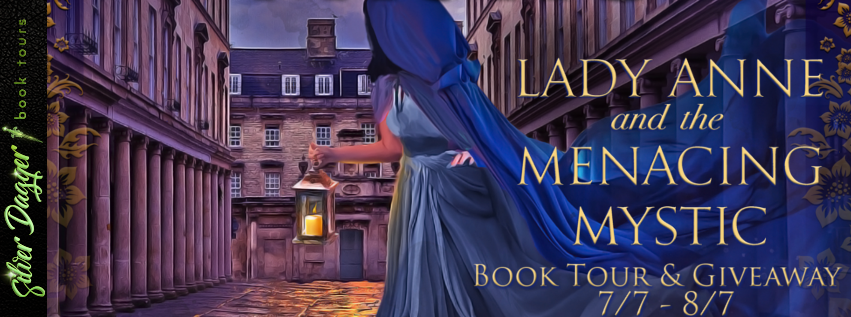
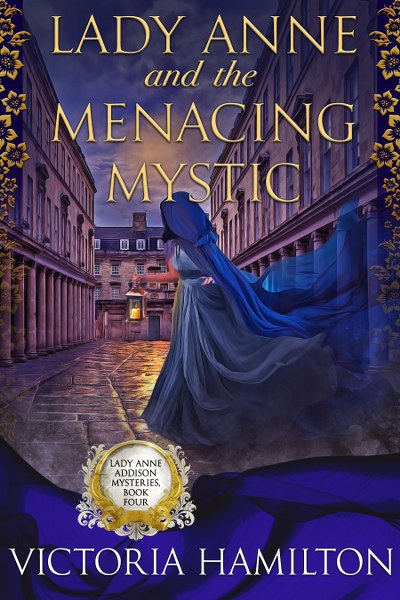
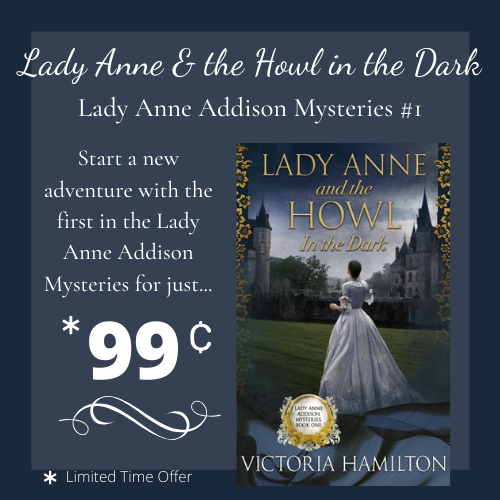
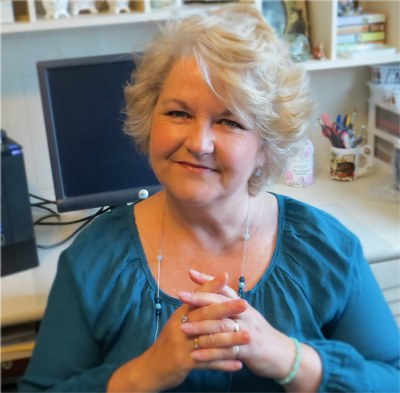

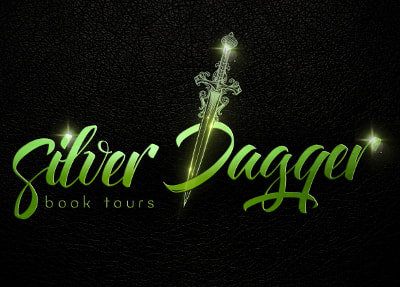
No comments:
Post a Comment